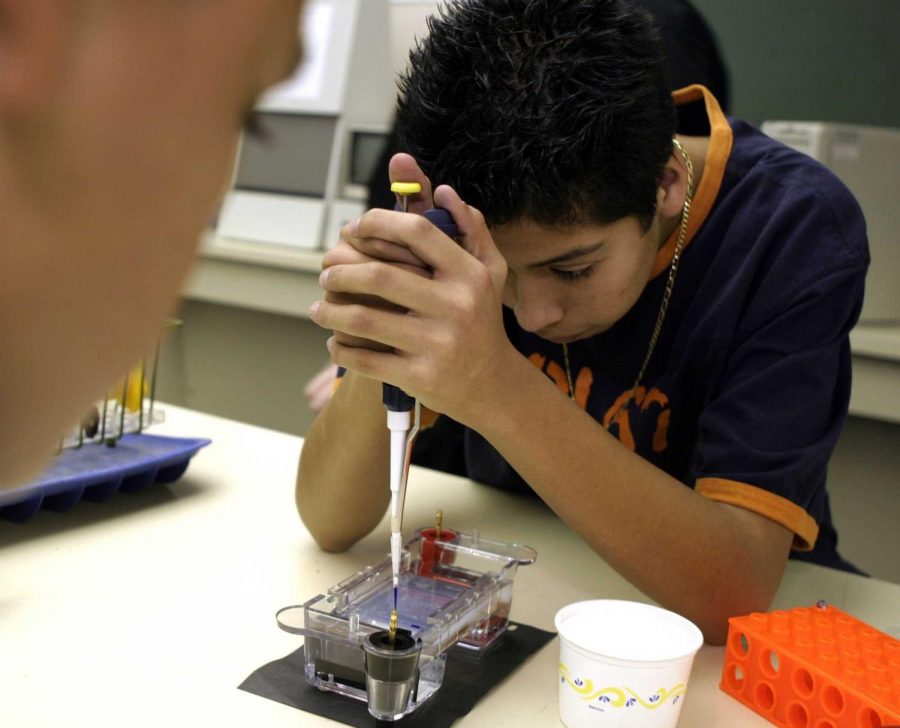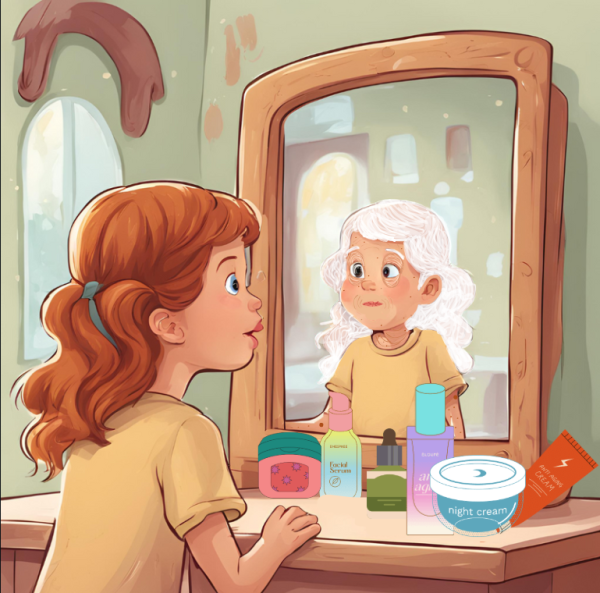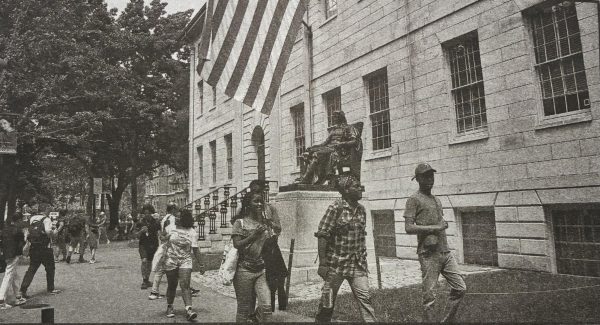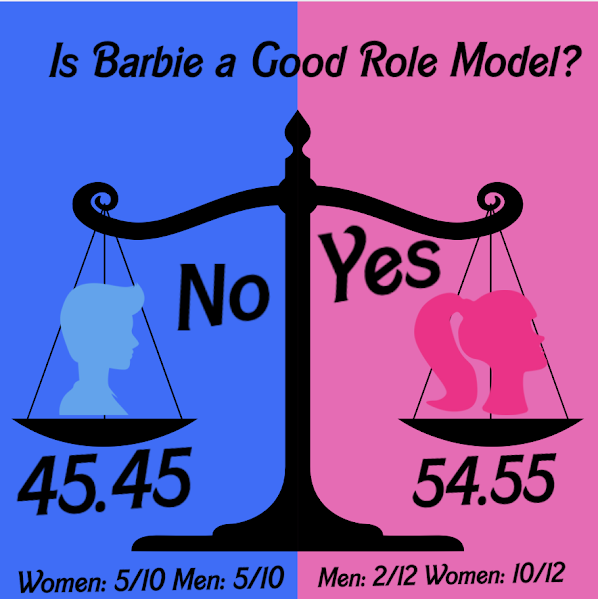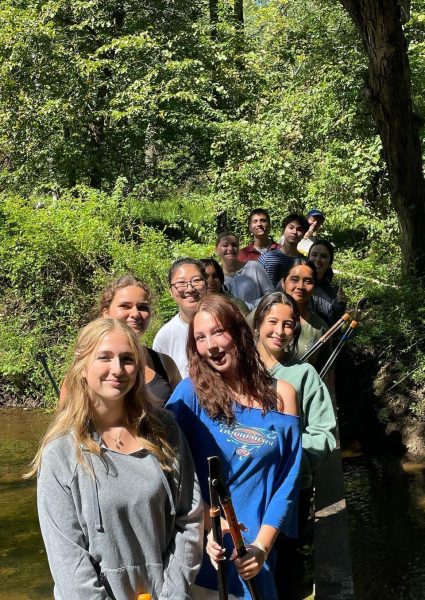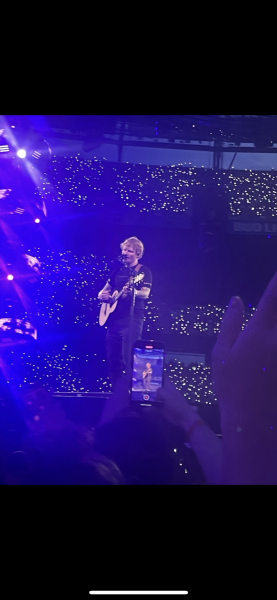Students Need More Authentic Labs
According to research conducted by Utah State University, “…the quality of laboratory experiences is poor for most students, access to any type of laboratory experience is unevenly distributed, and most students, regardless of race or level of science class, participate in a range of laboratory experiences that are not based on design principles.” (JOSE COBO/SAN JOSE MERCURY NEWS/MCT)
Since the late 19th century, educators believed that the laboratory is an essential tool in science instruction. So, with labs being such a vital part of our education, why is it that our students aren’t being exposed to true, authentic labs?
Currently, our “lab science” classes meet for an extended period of time, one out of every four days in our rotating schedule. This extended class time, which takes up half of our lunch, only offers about 15 to 20 additional minutes. However, many of the AP labs are designed to take about two to three hours. With such a short amount of extended lab time, it is impossible to carry out an experiment in a single class period, forcing teachers to find a good stopping point and leave the experiment to sit overnight.
Chemistry teacher Elizabeth Nicolosi said it is a challenge to find a good stopping point in the middle of an experiment and that letting it sit overnight can have negative consequences on the outcome.
“The room conditions could potentially affect the experimental results, as well as the fact that most teachers share a classroom, leaving the opportunity open for students from another class to tamper with the experiments,” she said.
But not only does the short lab time negatively affect our experiments, we don’t even meet the minimum amount of instructional time required in our curriculum.
As stated in College Board’s description for AP Chemistry, “Students are provided the opportunity to engage in investigative laboratory work integrated throughout the course for a minimum of 25 percent of instructional time, which must include a minimum of 16 hands-on laboratory experiments while using basic laboratory equipment to support the learning objectives listed within the AP Chemistry curriculum framework.”
Nicolosi said that if we meet for 180 school days (which is 45 4-day rotations), that leaves approximately 900 minutes of extended lab time. 900 minutes divided by the total 3825 minutes of total instructional time per year is about 23.5 percent. This isn’t very far below the minimum, however, but it still doesn’t meet the time requirement of 25 percent.
According to Queen’s University in Canada, science labs are “one of the few opportunities students will have to practice science in a similar way that professionals do. In order for labs to be effective, students need to understand not only how to do the experiment, but why the experiment is worth doing, and what purpose it serves for improving students’ understanding a concept, relationship, or process.”
Due to such short and interrupted lab time, it’s almost impossible for students to get this full experience. They end up feeling rushed and aren’t able to fully appreciate the experiment and the purpose it serves.
With STEM career paths projected to grow in the 21st century, Warren Hills Regional High School’s administration should investigate and pursue ways to provide students with authentic experiences in the laboratory.

